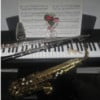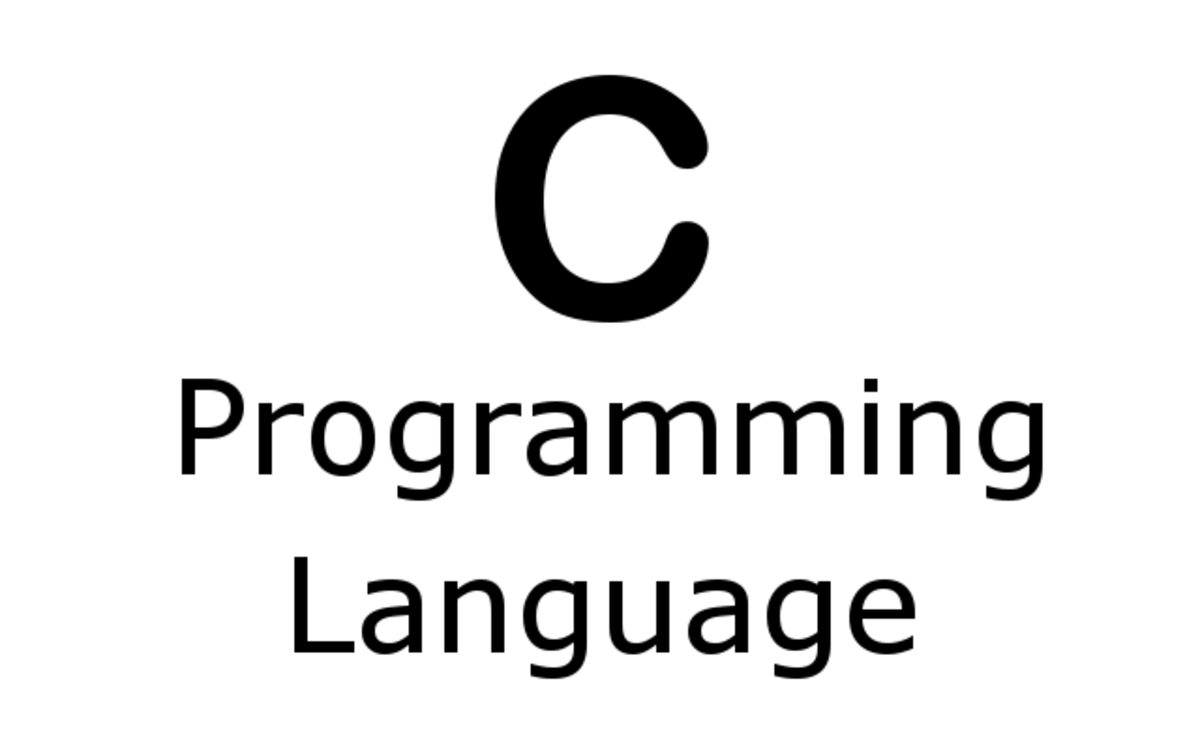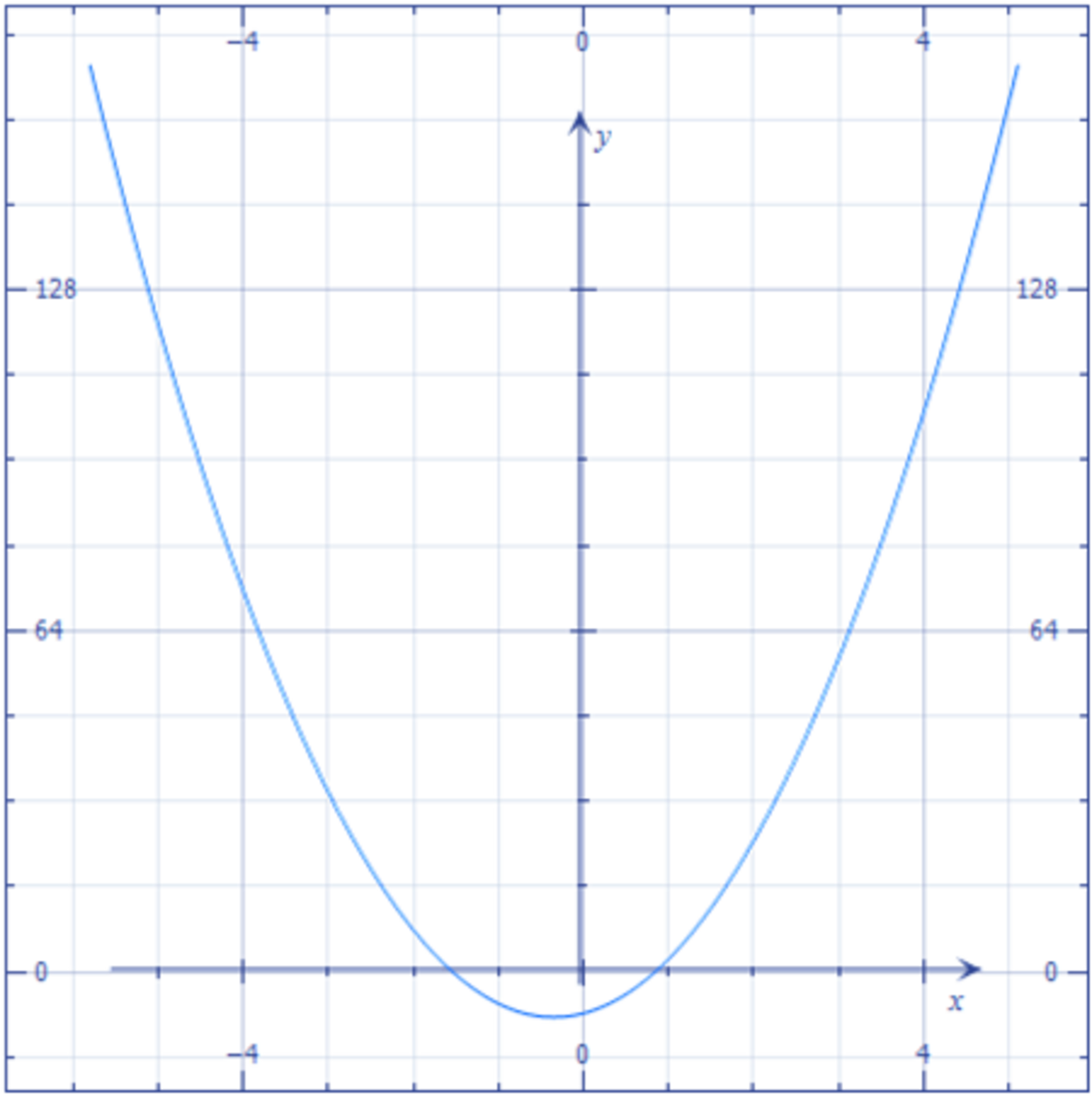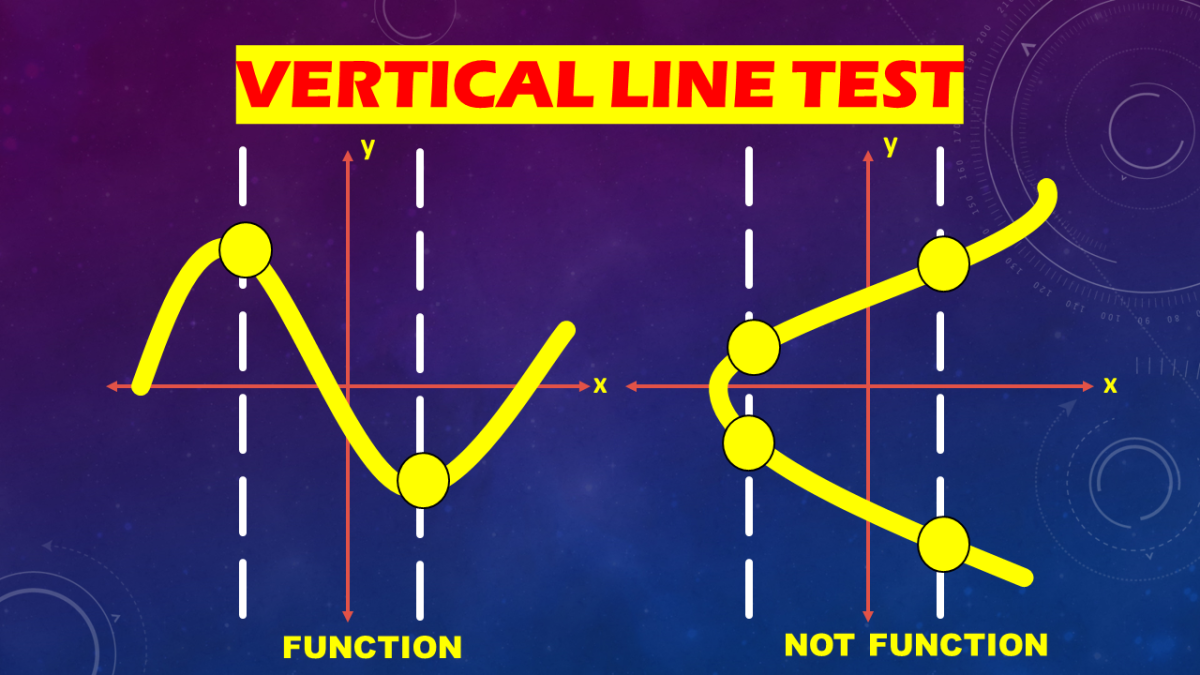Time for Top 10 Metronomes
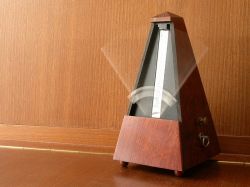
It's a Perfect Time to Get a Metronome!
Many musicians use metronomes! Why? It's very helpful in keeping musical time. What is a metronome anyway? A metronome comes from the Greek roots metron which means measure and nomos which means regulating. So, it is a device to help one regulate the beats and rhythms in a measure of music. How does a metronome benefit a musician? Many ways - it helps musicians to keep a steady beat in order to keep time and play music with others. Metronomes aid players in counting out the value of notes and duplicating rhythms correctly. From my research on this page, I also learned that some of them have built it tuners for pitch, subdivisions for the beats, practice rhythm patterns, volume controls, plug-ins, stopwatches, timers, and other incredible stuff!
My friends, music students, and their parents have frequently ask me about the types of metronomes available, their features and functions, and how to use them. I've collected 10 that I feel are good ones either from personal experience with them or from asking for recommendations from people who have used them. The following are not necessarily in order, but I've listed them more by style.
There are many factors to consider when choosing a metronome for yourself, family member, or friend. First, know how you plan to use the device. For instance, is it just to help keep a steady beat, or do you need it for learning more elaborate patterns? Do you want a pitch tuner? Many devices these days include a tuning note or entire tuner built in. Second, I would consider where you want to use it. Many metronomes are small, compact, and easily transported, whereas others would be better in a practice room or on a piano. Third, what is the age and ability of the musician? A young beginner would probably do fine with a simple quartz metronome, but a more experienced musician might prefer the advanced features.
Do you use a metronome?
"The metronome is one of the greatest technique builders available to the teacher or the pupil."
LeRoy V. Brant,
Etude, February, 1944
Types of Metronomes - Wind-up, Digital, Software
Metronomes come in three main categories, but each category may have several different features depending on the brands and model numbers. If you would like a particular feature, I would suggest looking carefully through the models.
- Wind Up Metronomes are the most traditional of metronomes. The winding keys are usually easy to use; each full winding can usually go for about 30 minutes continually before needing rewound. Adjusting the tempo is as simple as sliding the knob up or down. The tone is pleasing in which to practice, and the dynamics are generally loud and clear. Wind ups allow you the added dimension of seeing the beat along with hearing it - I know this has greatly helped numerous students of mine to be able to see, hear, and then feel the beat. The casings are made either of wood or solid plastic.
- Quartz / Digital Metronomes are usually battery operated. They allow you to quickly dial the gauge or press a button to find the tempo you want. Some of these have loud ticking, but many have a very soft ticking making it hard to hear over an instrument. The rectangular shaped metronomes are easy to hold and transport. They are generally smaller and tend to have more "stuff" on them such as volume controls, subdivided beats, tuning notes, earplugs, and other interesting features.
- Metronome Software is becoming popular in the modern age. A variety of software may be downloaded onto computers, iPods, phones, and other electronic media. The software comes in everything from freeware to elaborate packages. Some contain only simple metronome ticking, while others include tuners, drum machines, recorders, and other features.
Qwik Time QT3 Digital Metronome: The Quik Time Metronome is wonderful for students in that it is economical, sturdy, easy to use, and portable!
* 200 speed settings
* quartz metronome
* battery operated
* low battery indicator light
* built in stand
* A440 tuning note
* portable
* economical
"Set the metronome at a slow tempo where you can play the piece from memory and then gradually increase speed thus speeding up the process of thinking of music as well as playing it." ~ Clara M. Nelms,
Etude, November, 1923
Seiko Digital Metronome - Cool look and practical features for timing & tuning!

"The student must be careful to understand that keeping steady time means that each note of the exercise must coincide with each note of the metronome, and not simply to play on and on while the metronome keeps on ticking, each at variance with each other. Such practice is valueless.
Eugene F. Marks, Etude, June, 1925
Musedo Metro - Tuner - Metronome & Tuner Together

"Tempo is so dependent upon the mood of the moment that students, especially those of highly emotional nature, should practice technical exercises and parts of pieces daily with the metronome as a balance wheel to their temperamental extravagances. After control is achieved, they may be taught to introduce intentional retards, accelerandos or rubatos."
M.L. Carr, Violin World, March, 1896
Traditional or Modern Metronome?
I love seeing, hearing, and using my old traditional metronome that is on my piano, but I also enjoy sliding my small metronome in my bag with me to rehearsals.
Which do you find to be more helpful? Why?
Wittner Taktell Cat Metronome - This kitty makes it more fun to practice!

Wittner Piccolo Metronome - This is the type I keep in my music studio!

Wittner Classic Metronome - Mahogany Wood Case with Bell

"In general, the metronome's office in the musician's sphere is to keep the time consciously moving forward at an even rate while the mind,
muscles and psychological reflexes have an opportunity consciously to adapt their functions to this uniform passage of time."
Metronome Techniques
Boss DB60 Dr Beat Digital Metronome: (Click the link to read about more of its features and to watch a video of the models.) "The Boss DB60 Dr Beat Metronome provides all the standard metronome functions plus a lot more including a selection of rhythmic patterns, and a note-mixing feature to create rhythms that match the feel and style of your music. Other highlights include a Memory function, which stores independent tempos for each song, a Loop Play function, Tap Tempo, a Standard Pitch mode for tuning instruments, a volume control, and a backlit display. You can even set the length of your practice sessions with the onboard Timer & Stopwatch. Boss DB60 Dr Beat Features Wide variety of rhythm patterns to play along with Quickly create original patterns with the Note-Mixing function Loop Play for calling up memory settings and playing the patterns repeatedly Memory function for storing independent tempos for each song Tap Tempo, Timer, and Stopwatch functions Standard Pitch function for tuning instruments Backlit display." ~ Review from American Musical Supply
DB60
* basic metronome functions
* programmed rhythmic patterns
* note mixing feature
* reference tones
* headphone output
* auto power off function
* time signature of up to 17 beats per measure
* loop play
* memory function
* tap tempo for finding the correct speed
* practice timers
*standard pitches for tuning
DB30
* basic features
DB90
* everything the DB60 has
* midi capability
* multiple tones
* recording features
* many other features!
"I'm very much in favor of the liberal use of metronomes
by students of music in order to put their sense of rhythm on a solid basis, not so much with the idea of their holding to a metronomic rhythm in performance, as to giving them a basic sense of time from which they may depart if they so choose. It is important ... to be able at least to maintain an exact rhythm ... deficiency may be corrected ... if it is subjected to the corrective influence of a good metronome."
Dean David Stanley Smith,
School of Music, Yale University
Favorite Metronome Brand Names
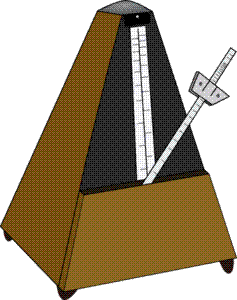
Which metronome brand do you prefer?
Online Metronomes
Check these out!
Free Online Metronomes from Shareware Music Machine: Find several Freeware and Open Source Software Downloads!
"TempoPerfect Metronome Software: free software download. "Designed to help musicians play in time, this tempo software creates accurate beat patterns for simple or complex rhythms. Using a combination of accented beats and normal beats, you can subdivide beats to hear tricky patterns like triplets, or accent the first beat in a measure when working in difficult time signatures."
Share Your Opinions of Metronomes
Do metronomes help you keep a steadier beat and more accurate rhythms?
Metronome Techniques:
Online Publication (click title)
by Frederick Franz & Jon Truelson;
Franz Manufacturing Company
The Metronome - ... a the large public artwork located in Union Square, New York City

Photo Credit to Wikipedia.
Will you use a metronome in the future?
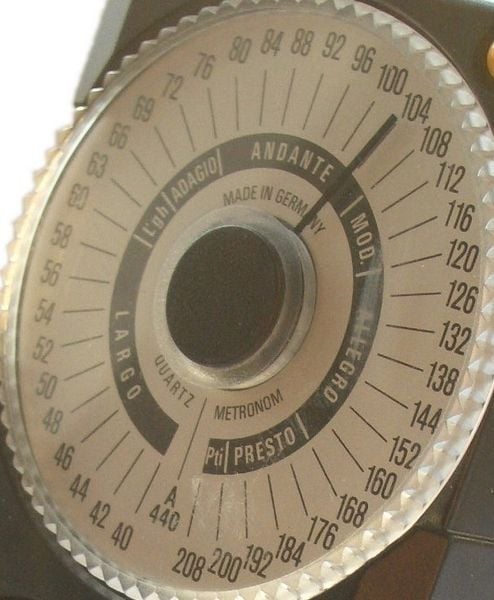
Photo Credit to Wikipedia.
